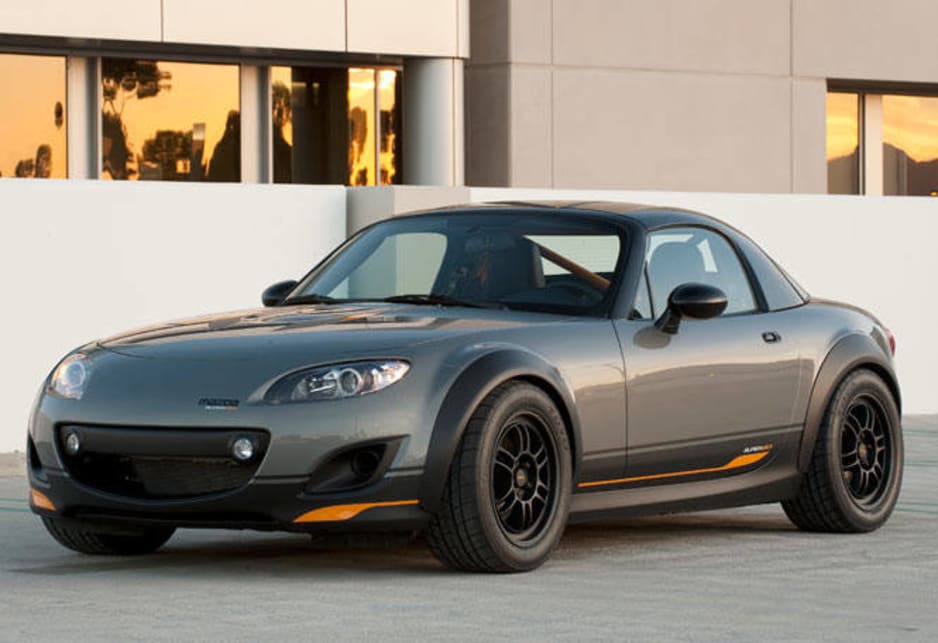
Mazda may merge MX-5 and RX-8
- Mazda MX-5
- Mazda RX-8
- Mazda MX-5 2006
- Mazda RX-8 2006
- Mazda MX-5 2007
- Mazda RX-8 2008
- Mazda MX-5 2009
- Mazda RX-8 2011
- Mazda RX-8 2012
- Mazda MX-5 2012
- Mazda MX-5 2013
- Mazda MX-5 2015
- Mazda MX-5 2008
- Mazda RX-8 2010
- Mazda MX-5 2011
- Mazda MX-5 2014
- Mazda RX-8 2003
- Mazda RX-8 2009
- Mazda RX-8 2007
- Mazda RX-8 2005
- Mazda RX-8 2004
- Mazda MX-5 2010
- Mazda News
- Mazda Convertible Range
- Mazda Coupe Range
- Convertible
- Coupe
- Mazda

Mazda has indicated it is considering putting rotary power back into a sports car, possibly in the form of a merger between the MX-5 and the RX-8.
Mazda CEO Takashi Yamanouchi has repeatedly ensured the future of the rotary powerplant - despite the RX-8 production scheduled to end in 2012 - "we will continue the research on the rotary engine - we won't extinguish the flame of the rotary engine," he said.
The joint-venture sports coupe developed by Toyota and Subaru has kept the door open for a rotary sports car from Mazda, including the possibility of a rotary-powered MX-5.
"That kind of product is iconic for our brand, so the current MX-5 or RX-8 we have decided in the future to maintain that kind of product, I can't say if they will be separate - they may be merged into one," the CEO says.
Mazda Research and development director Hirotaka Kanazawa confirmed the next MX-5 would remain naturally-aspirated with a Skyactiv powerplant of similar outputs to the current car's 118kW/188Nm outputs (for example, the incoming CX-5 SUV has a direct-injection two-litre producing 114kW and 196Nm), but less burdened by weight.
The modern-classic Mazda sportscar will be taken back to its roots, with weight reduction targets aimed at taking the 1135kg two-seater (in its lightest guise) below a one tonne kerb weight, while retaining a soft top and hard top model.
"We want to go back to the lightweight sports origins, the power is not so much, it is easy to handle and it is fun to drive," he says. Kanazawa-san also says the company is aiming to reduce weight without compromising crash safety performance, which would entail using Skyactiv high-strength steel body structures and composite plastic materials for a hard-top. "We must achieve crash safety, starting with CX-5 the Skyactiv body with load paths and enhanced crash safety, we will apply this to our rear-wheel drive."
The R&D director didn't rule out turbocharged versions of the sub-two-litre Skyactiv engines - "We haven't decided that we won't do turbocharging, but first of all we wanted to enhance combustion efficiency of naturally-aspirated engine, that was our first priority"- but maintains the first priority was developing naturally-aspirated engines.








Comments